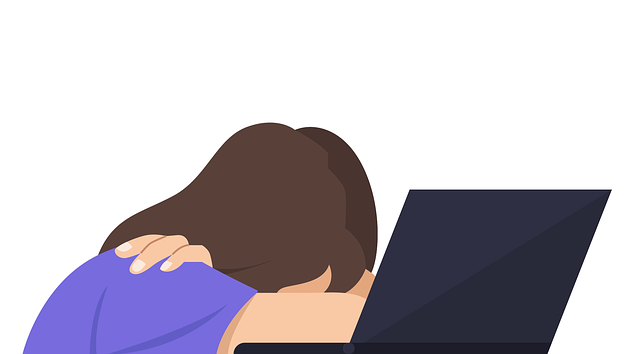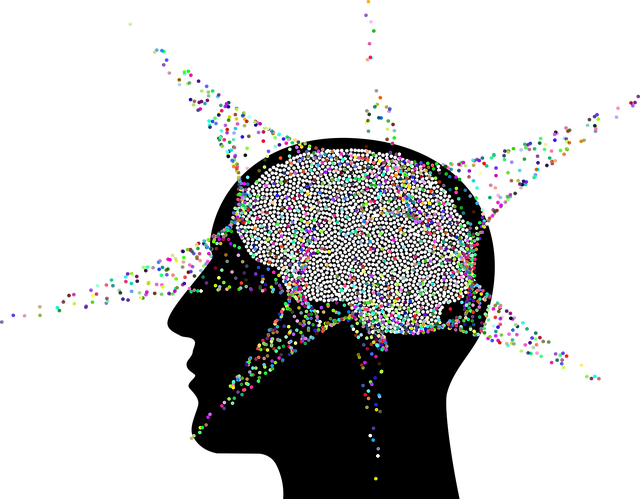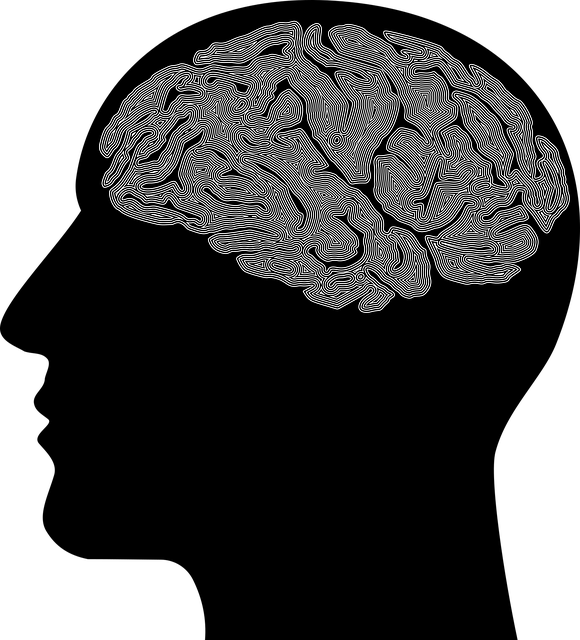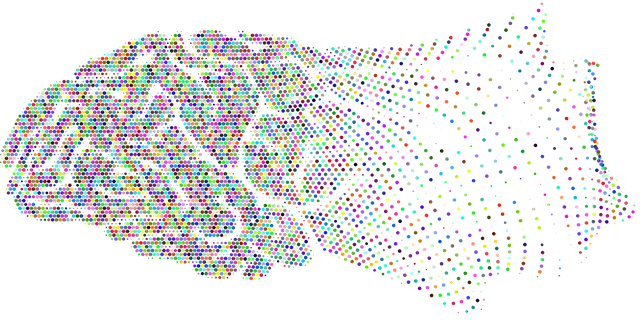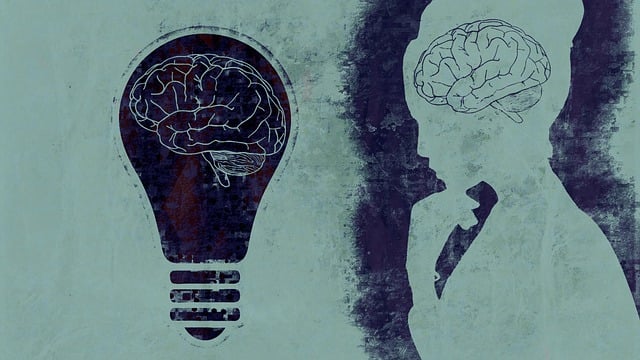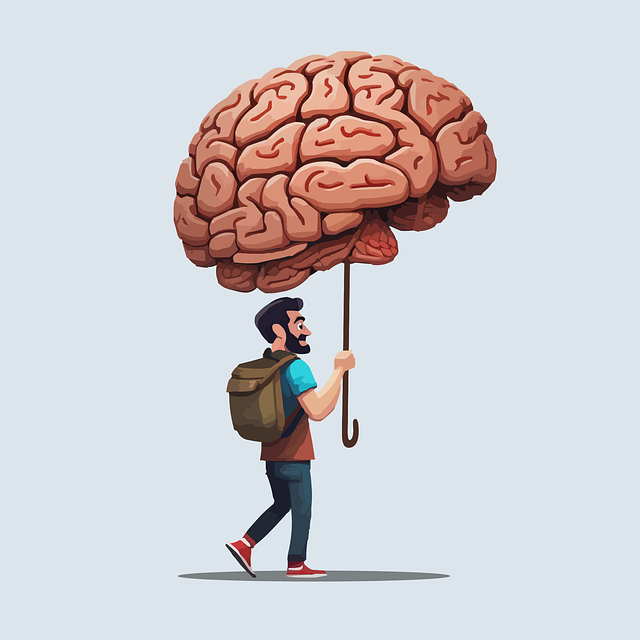Mental wellness programs, such as Lone Tree Biofeedback Therapy, focus on building inner strength and managing stress through various therapeutic approaches. Evaluation methods including pre-post assessments, surveys, interviews, and qualitative feedback are crucial to assess program effectiveness and tailor services to diverse needs. Lone Tree Biofeedback Therapy uses cutting-edge technology combined with empathy-driven approaches to track mental state changes, enabling self-esteem improvement and active participation in journaling exercises. Comprehensive long-term impact analysis through various assessment methods guides continuous improvement, ensuring programs become more effective in promoting emotional well-being.
Mental wellness programs are essential for fostering resilience and overall well-being. This article explores effective evaluation methods, from traditional assessments to innovative approaches like Lone Tree Biofeedback Therapy, a unique and promising technique. We delve into strategies for measuring success, emphasizing the significance of long-term impact analysis and continuous improvement. By understanding these evaluation methods, organizations can enhance program effectiveness and positively influence participant mental health outcomes.
- Understanding Mental Wellness Programs and Their Evaluation
- Traditional Assessment Techniques for Program Evaluation
- Innovative Methods: Incorporating Biofeedback Therapy (Lone Tree Approach)
- Measuring Success: Long-term Impact Analysis and Continuous Improvement
Understanding Mental Wellness Programs and Their Evaluation

Mental wellness programs are designed to support individuals in cultivating inner strength, managing stress, and achieving a state of overall well-being. These programs can include various therapeutic approaches such as Lone Tree Biofeedback Therapy, which uses physiological feedback to help people gain control over their bodily responses. By focusing on anxiety relief and depression prevention, these initiatives aim to empower individuals to navigate life’s challenges more effectively.
Evaluation methods play a pivotal role in assessing the effectiveness of mental wellness programs. It involves measuring changes in participant outcomes, such as improved emotional regulation, enhanced coping mechanisms, and increased resilience. Techniques may include pre-post assessments, surveys, interviews, and qualitative feedback. By employing these strategies, practitioners can gain valuable insights into what works best for different individuals, ensuring that programs are tailored to meet diverse needs and foster sustainable mental wellness.
Traditional Assessment Techniques for Program Evaluation

In evaluating mental wellness programs, traditional assessment techniques have long been the cornerstone of gauging success and impact. These methods, often quantitative in nature, include surveys, questionnaires, and standardized tests designed to measure specific aspects of mental health. For instance, Lone Tree Biofeedback Therapy might employ pre-and-post-program assessments to track changes in anxiety levels or heart rate variability among participants. Such data provides concrete evidence of the program’s effectiveness in promoting relaxation and stress reduction.
Moreover, these traditional techniques complement qualitative approaches like interviews and focus groups, which offer deeper insights into individuals’ experiences and perceptions. This two-pronged strategy is essential in understanding not only the statistical outcomes but also the subjective benefits derived from mental wellness programs. In line with this, strategies such as Empathy Building Strategies and Self-Care Routine Development for Better Mental Health are often evaluated through participant feedback, allowing for a more holistic Mental Health Policy Analysis and Advocacy.
Innovative Methods: Incorporating Biofeedback Therapy (Lone Tree Approach)

The Lone Tree Biofeedback Therapy is an innovative approach that combines traditional therapy with cutting-edge biofeedback technology. This method allows individuals to gain profound insights into their mental state by providing real-time data on physiological responses, such as heart rate and skin conductance. By using this information, therapists can tailor empathy-building strategies and self-esteem improvement exercises to meet the unique needs of each client. The therapy encourages active participation, enabling individuals to develop a deeper understanding of themselves and their emotional reactions.
Incorporating biofeedback into mental wellness programs enhances the effectiveness of traditional therapeutic practices. For instance, it facilitates Mental Wellness Journaling Exercises by providing tangible feedback on progress and triggers. This guidance helps individuals track their emotional well-being, identify stress factors, and implement coping mechanisms more effectively. The Lone Tree Approach ultimately promotes a holistic understanding of mental health, empowering individuals to take charge of their emotional balance in a supportive and interactive environment.
Measuring Success: Long-term Impact Analysis and Continuous Improvement

Evaluating a mental wellness program’s success goes beyond immediate outcomes and delves into understanding its long-term impact. This involves tracking participant progress over extended periods, measuring changes in emotional well-being, lifestyle adjustments, and overall life satisfaction. By employing methods like surveys, interviews, and physiological assessments (such as those used by Lone Tree Biofeedback Therapy), researchers can gauge the sustainability of program effects.
This long-term analysis informs continuous improvement processes, ensuring that mental wellness programs become increasingly effective in promoting inner strength development and mindfulness meditation techniques. It allows for adjustments to be made based on real-world data, targeting areas where specific emotional well-being promotion techniques might need enhancement or adaptation to better serve participants’ evolving needs.
Mental wellness programs have evolved, and so too have evaluation methods. From traditional assessment techniques to innovative approaches like Lone Tree Biofeedback Therapy, we now possess a diverse toolkit for measuring success and driving continuous improvement. By incorporating these modern strategies, such as biofeedback technology, professionals can gain deeper insights into an individual’s mental health progress and tailor interventions accordingly. Evaluating not just short-term outcomes but also long-term impacts enables us to create more effective programs that foster lasting wellness.
